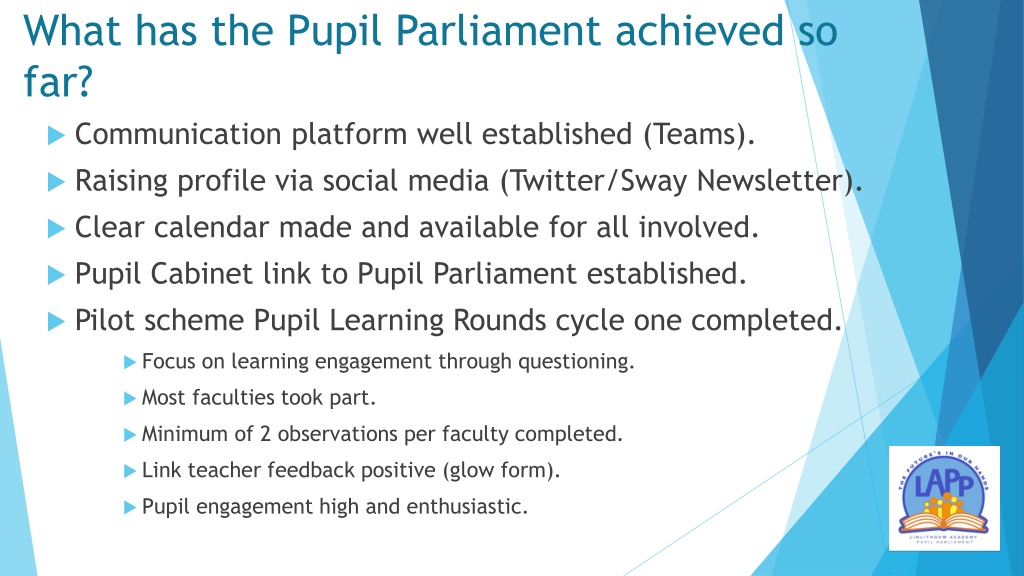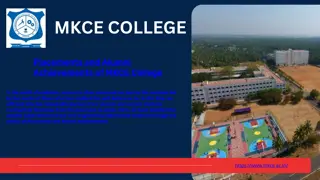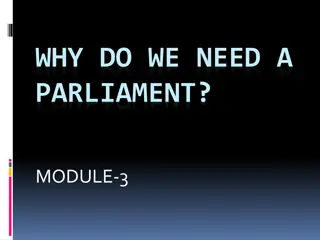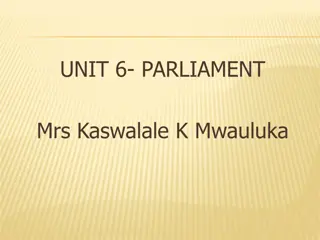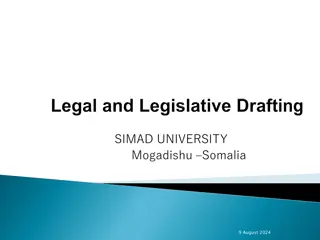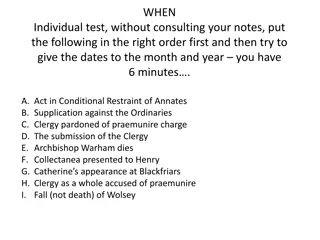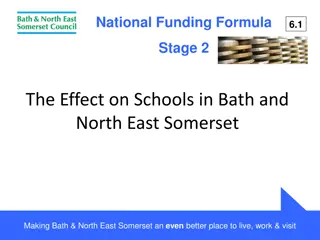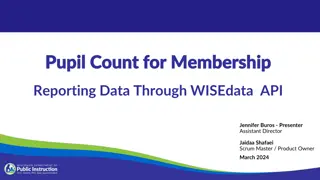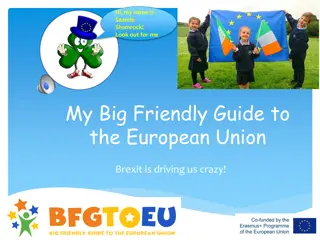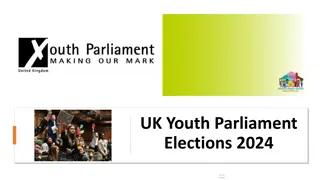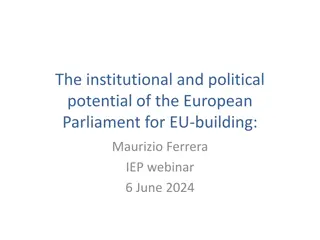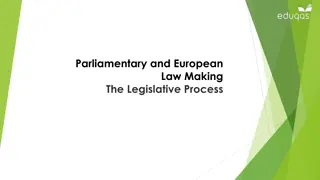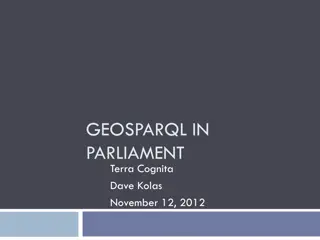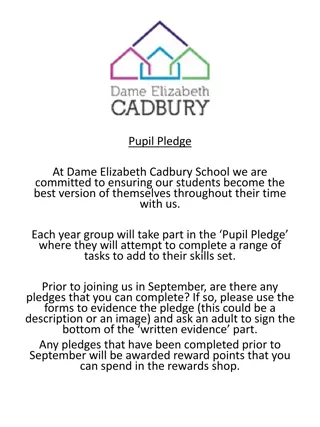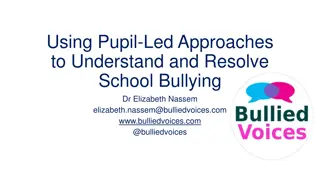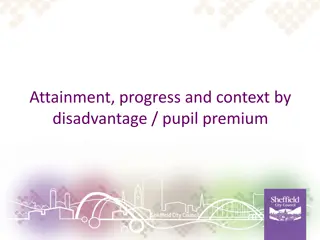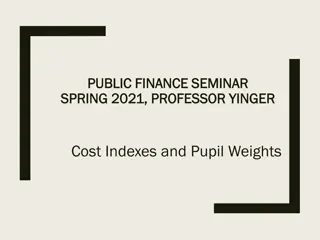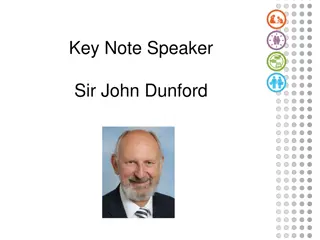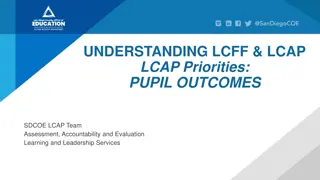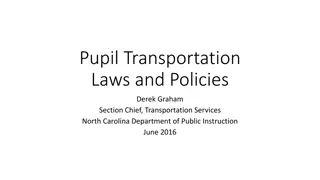Achievements and Next Steps of Pupil Parliament
Pupil Parliament has made significant progress in establishing communication channels, utilizing social media, implementing learning rounds, and enhancing student engagement through questioning. Moving forward, their focus is on enhancing wider skills, fostering a culture of questioning, and incorporating more student-driven learning approaches. The next steps involve increasing pupil involvement, refining processes, and integrating coaching to deepen understanding.
Download Presentation

Please find below an Image/Link to download the presentation.
The content on the website is provided AS IS for your information and personal use only. It may not be sold, licensed, or shared on other websites without obtaining consent from the author.If you encounter any issues during the download, it is possible that the publisher has removed the file from their server.
You are allowed to download the files provided on this website for personal or commercial use, subject to the condition that they are used lawfully. All files are the property of their respective owners.
The content on the website is provided AS IS for your information and personal use only. It may not be sold, licensed, or shared on other websites without obtaining consent from the author.
E N D
Presentation Transcript
What has the Pupil Parliament achieved so far? Communication platform well established (Teams). Raising profile via social media (Twitter/Sway Newsletter). Clear calendar made and available for all involved. Pupil Cabinet link to Pupil Parliament established. Pilot scheme Pupil Learning Rounds cycle one completed. Focus on learning engagement through questioning. Most faculties took part. Minimum of 2 observations per faculty completed. Link teacher feedback positive (glow form). Pupil engagement high and enthusiastic.
A range of open and closed questions used. Pupils asked questions on what they thought next stages of learning was, gave pupils opportunity to actively think about next task not just be told what they are doing. Pupils given opportunities to evaluate performance with peers. Naturally pupils questioned each other. Peer assessment. Pupils able to answer majority of direct questions. Questions asked to full class which allowed for multiple pupil to answer. What evidence of While completing practical tasks pupils were asking each other questions before the teacher for help. engaging learning did we observe? Questioning was used to ensure safe use of equipment and highlight risks. Pupils able to question peers. Questioning throughout teacher demonstrations gave pupils opportunities to check their own understanding. Engaging learning was encouraged throughout lessons but spot check questions from teacher. Increased pace of lesson. Pupils able to applying learning to real life contexts. Many questions asked for support with technology/physical tasks.
More challenge on what wider skills they are utilising/developing. Further improving engagement through asking What do you think we will do next? Moving Forward Discussion Creating an environment where pupils feel confident to challenge peers and ask more questions. At start of lesson co- construct success criteria. Suggested started Why are we learning this today? When in smaller groups pupils feel more comfortable to question and challenge their own learning. More group work to allow questioning of peers. Incorporating more opportunities for questions during theory setting (not just when stuck). Less teacher led questioning, pupils have more opportunity to critically think for themselves.
Next steps for Pupil Parliament: P7 Transitions input. Increase update for next academic year. Continue to raise profile via social media (Twitter/Sway Newsletter). Establish calendar for next academic year. Embed Pupil Learning Rounds in schools ethos. Gather more data. Increase number of pupils involved. Reflect on the data gathered from cycle one and share with wider school. Add a layer of coaching into Pupil Learning Rounds process for pupils to deepen their understanding. Pupils create in faculties a question prompt unique to their faculty for pupils to use for them to feel more confident with questioning.
